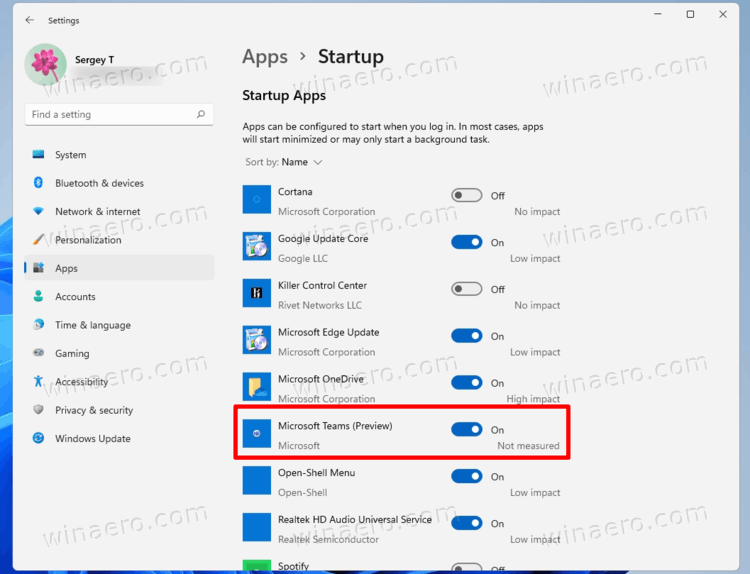

You can add as many apps to launch at the time of booting the PC, but this may adversely affect the time your machine takes to boot as well as hinder its performance while running as a greater number of apps will be sharing the system memory. Now you can check if your program has been added from the ‘Task Manager’ under the ‘Startups’ tab and can enable/disable it from there. Once on the ‘Startup’ folder, locate the program that you’d like to add to Windows 10 startup and then simply drag and drop it to the ‘Startup’ folder.Įither you’ll be asked whether or not you want to create a shortcut or as was in our case, a shortcut will be created automatically once you drop the selected app into the ‘Startup’ folder. The ‘shell’ command can be used to fetch any hidden or special Windows folders, as long as you know the name of the folder. You can either try to reach there via the explorer or here is a quicker way - Just type ‘shell:startup’ in the ‘Run’ box and it’ll fetch the startup folder for you. You’ll need to access the Startup folder within your Windows folder in the drive where Windows has been installed. How to Add Programs to Windows 10 Startup?Īdding a program to Windows 10 startup menu is a bit more complicated than just shooting up the task manager and enabling/disabling. You can enable the programme later if needed via the Task Manager using the same steps. That’s it, now the disabled app will not launch when the PC is booted the next time. Then select the app that you’d like to stop from launching on startup, right-click and select ‘Disable’. Once launched, click on ‘Startup’ from among the tabs on the top of the Task Manager. You can simply launch the task manager by right-clicking on the taskbar and selecting Task Manager. How to Remove Programs from Windows 10 Startup?ĭisabling a programme/application from running at the time of startup just needs you to fire up the task manager - it’s really as simple as that plus a few more steps. We’ve discussed how to add and remove programs from Windows 8 here and a similar process also applies to managing startup programs for Windows 10.Also Read: Here is How to Turn Off Windows 10 Updates. In earlier Windows version - Vista and 7 - users had to use Msconfig in order to add or remove programs from the Windows startup, but Microsoft made things a bit simpler for Windows 8 and Windows 10.

The thing to note here is that startup apps can contribute towards your PCs slow booting speed, so managing them is important.

Many programmes or apps on Windows fire up as soon as you boot up your Windows PC and start running in the background.


 0 kommentar(er)
0 kommentar(er)
